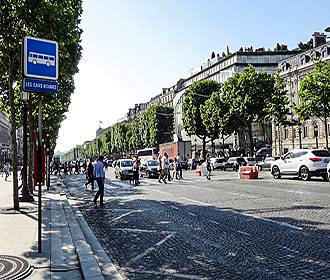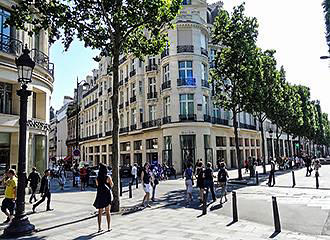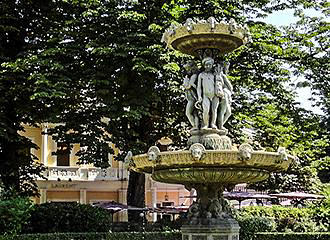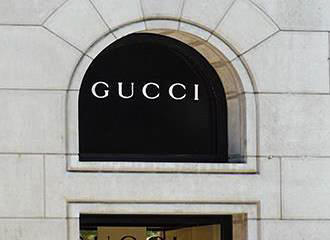History of the Avenue des Champs Elysees
The Champs Elysees has a full name of the Avenue des Champs Elysees and the name translates to Elysian Fields in French and was meant to be a place of the blessed and a resting place of Gods in Greek mythology.
Originally fields and market gardens
And the name stems from the fact that this whole area was originally fields and market gardens with farmers selling their goods to the local Paris markets. Although this all changed in the year 1616, when Marie de Medici, who was the wife of King Henry IV, decided to clear some of these fields and extend the garden of the Palais des Tuileries by making an avenue that would be planted with trees.
However, even in 1716, Guillaume de L'Isle's map of Paris showed that a short stretch of roads and fields along with some market garden plots still separated the grand axes of the Tuileries gardens from the planted avenue that was originally known as the Avenue des Tuileries.
But in 1724, the Tuileries garden axis and the avenue were connected and extended, leading beyond the Place de l'Etoile, which has now been renamed the Place Charles de Gaulle. The Palais du Louvre, open farmland and what is now the Place de la Concorde flanked it, and it was soon filled with trees that were planted in a formal fashion in a straight line, although the neglected Louvre was still hemmed in by buildings and was not part of this axis at this time.
In a map of Paris that was produced in 1724, it showed that the Grande Avenue des Champs Elysees stretched West from a newly-cleared Place du Pont Tournant, which then became known as the Place de la Concorde, which is where you can now find the oldest monument in Paris called the Obelisk.
By the late 1700s, the Champs Elysees had become a fashionable avenue and the trees on either side had thickened enough to be given formal rectangular glades, which are known as cabinets de verdure. And it was at this time that there were large impressive houses and buildings that were erected with impressive gardens and landscaping that made this avenue even more prestigious.
One of the most impressive and elaborate buildings along the avenue des Champs Elysees was the Hotel de Crillon, which was a very popular haunt for royalty and French aristocracy and this impressive hotel is still there today. In fact, Queen Marie Antoinette used to be taken to the Hotel de Crillon along with her friends to have music lessons.
But there is still more to the history of the Champs Elysees, as in the year 1828, the Avenue des Champs-Elysees officially became the property of Paris and it was at this time that footpaths, fountains, and even gas lighting were added.
Then in 1836 at the Western end of the Champs Elysees, the Arc de Triomphe that was commissioned by Napoleon Bonaparte I, was eventually finished and inaugurated in the same year under the reign of King Louis Philippe.
And as you can imagine, over the years, the most famous avenue in the world has undergone numerous transitions, such as changing from gas lighting, more and more different shops and cafes, along with the most recent alteration, being the widening of the sidewalks in 1994.
Plus, not only do you get the glittering lights of the Champs Elysees normally, but every year for the Christmas holiday celebrations, this avenue is transformed into an even more magical with its beautiful illuminations, lights and decorations.
Yet, when you also look back at the history of the Champs Elysees, there have also been some major events that have taken place along this avenue, such as the funeral procession for Napoleon Bonaparte I before he was taken to Les Invaldies and his final resting place, where you can still get to see the Tomb of Napoleon.
In 1855 the world fair took place along this avenue that was attended by people from all over the world.
The year 1940 saw the Germans troops march through the Arc de Triomphe and down the Champs Elysees as a victory of the fall of France and Paris, but in 1944 there were the victory parades of French and US troops to celebrate the liberation of France from Nazi occupation.
Today, there is a military parade held every year on Bastille day, which is a French National holidays, and this is the largest military parade in Europe that is attended by thousands of people including the French president and war veterans.
Also, the most famous cycle race, called the Tour de France finishes on the Avenue des Champs Elysees and the awards ceremony for the winners is held here by thousands of people cheering and enjoying this special event each year.
But there are also other celebrations that take place like on New Years Eve to see the new year in and other spontaneous events and celebrations that take place, just like the thousands that gathered to celebrate when France won the 1998 FIFA World Cup at the Stade de France on the outskirts of Paris.





